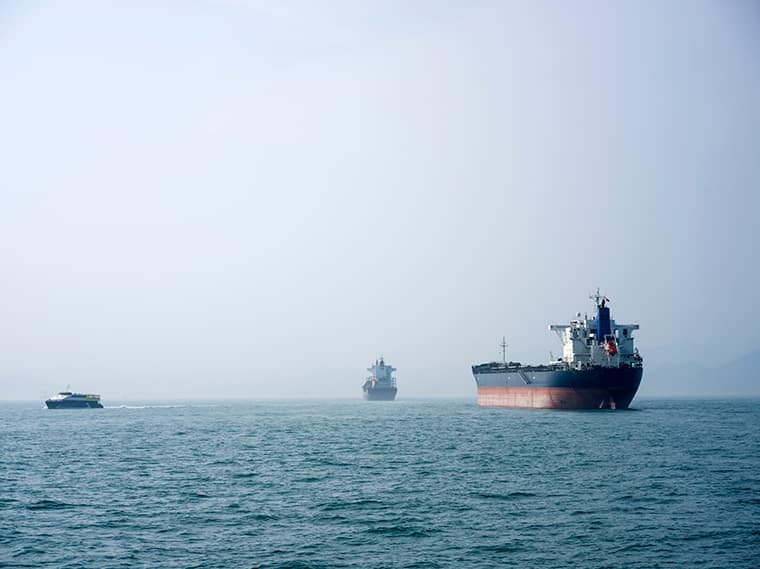17.12.2024
US-Japan-Philippines: A New Trident in South China Sea?
Interview
11 avril 2024

A few days after joint naval exercises in South China Sea, Japanese and Filipino leaders are invited in Washington on Thursday for a tripartite summit on geopolitical and defence issues in the Indo-Pacific region. Faced with Beijing’s ambitions, the United States is pursuing its policy of influence and deterrence in the region. What are the objectives of US policy? What is China’s position? Barthélémy Courmont, Senior Research Fellow at IRIS in charge of the Asia-Pacific Programme, provides some answers.
This week, Joe Biden meets the leaders of Japan and the Philippines with the aim of strengthening military and economic cooperation between the two countries. What does this tell us about current US policy towards the Indo-Pacific region, which has long been a priority?
It is a reminder that the US position in the Asia-Pacific, renamed the Indo-Pacific, remains Washington’s priority. This has been a constant since Barack Obama took office in January 2009, and has never been called into question since. Different methods, conflicting current events and so on. None of this has altered the United States’ determination to reposition itself in the region, with the aim of countering China’s rise to power.
Washington’s positioning is multidimensional, but it is based above all on strategic partnerships, and on the desire to form partnerships involving several players, as in the case of QUAD or Aukus. Faced with the failures of the Washington-Tokyo-Seoul triangle, confirmed by the crushing defeat of the Korean presidential camp in the 10 April legislative elections, the White House is turning to states whose leaders share its perceptions. Ferdinand Marcos Jr. is the ideal candidate, given the current tensions between Manila and Beijing.
A few days ago, the Philippines organised joint naval exercises in the South China Sea with the United States, Japan and Australia. What were the aims of these exercises? How is the defence policy of these states evolving in the light of the regional geopolitical context?
The stated objective is always the same and can be summed up in one word: interoperability. But behind this strategic dimension, it is the political message that is important. Washington wants to put together an anti-Chinese front to send a message to Beijing. So we are dealing with deterrence and competition.
However, care must be taken not to get Washington’s Asian partners into trouble, as the fear of being caught in a vice between the United States and China is often expressed. The South Korean example is very significant, but it is also very present in South-East Asia.
How is Beijing reacting to these American advances? Is China also forging military alliances?
China is not banking on military alliances as such, but is strengthening its bilateral dialogues by including an economic component and strategic agreements. So the method is not the same, but the objective is the same as Washington’s in its desire to strengthen its influence with regional partners.
In the face of these pressures, the Asian states must emphasise their sovereignty and independence, and on this point the example of South Korea is very instructive.